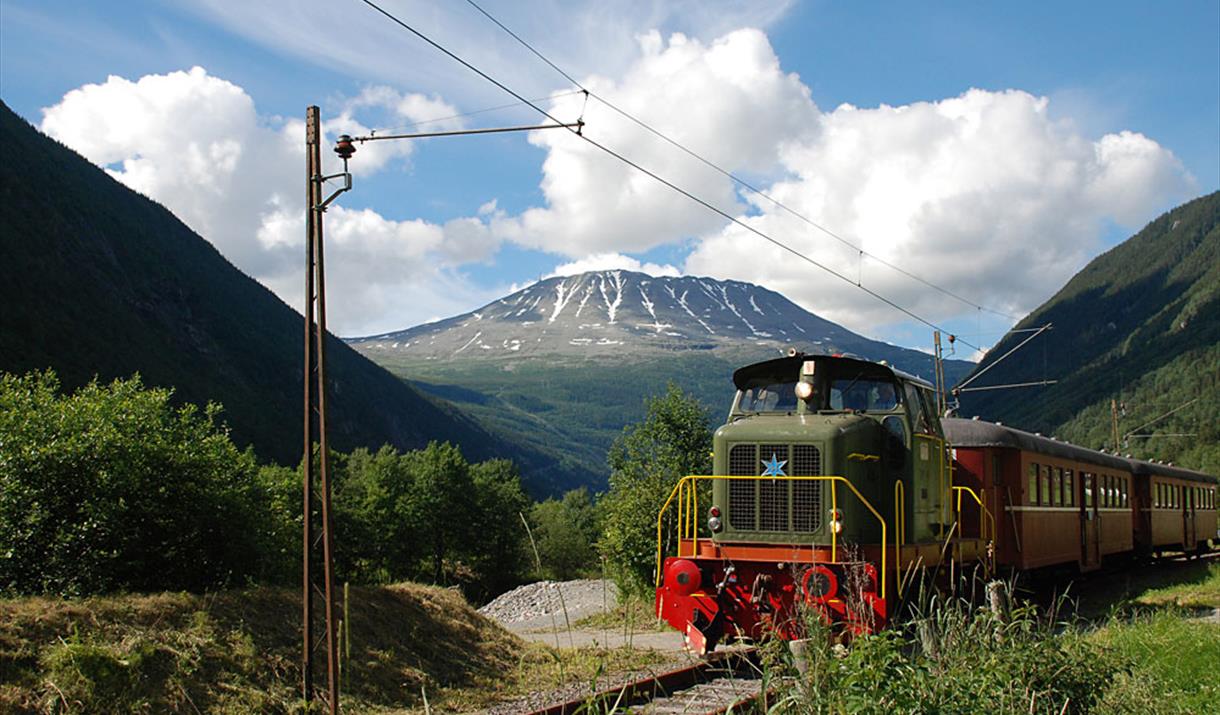Book Tickets Online
About
Rjukan railway offers two daily rounds with a museum guide at Mæl station during the highseason. During off-season the station may be explored on your own.
The tour includes the museum restoration work, the history surrounding the use of Tinnsjøen as a thoroughfare, the establishment of Norwegian Hydro, and the effect the WWII had on Rjukan railway. The last sabotage operation against the heavy water sank as known Rjukan railway ferry D / F Hydro in 1944.
The history about the Rjukan railway
The Rjukan Railway was built by Norsk Hydro, and opened by King Håkon in 1909. The Rjukan Railway is a unique railway. It enabled Sam Eyde and his partners to build a power station and factories for the community of Rjukan and to bring Norway into the modern industrial era. The foundation of Norway's largest industrial concern, Norsk Hydro, started in Rjukan and Notodden.
The Rjukan Railway was a lifeline for the company and the local community for many years. The railway is today a conservation museum railway and is classified by the Norwegian Central Office of Historical Monuments as being a technical, industrial monument of national interest. D/F Ammonia, is the sister ship of the D/F Hydro, which was sunk by the heavy -water saboteurs during the Second World War. The D/F Ammonia was built in 1929, and is the world's only surviving steam railway ferry.
Facilities
Classification
- Eco-certified
Season
- Summer
Tripadvisor

- Excellent13
- Very Good16
- Average3
- Poor1
- Terrible0















 to add an item to your Itinerary basket.
to add an item to your Itinerary basket.




